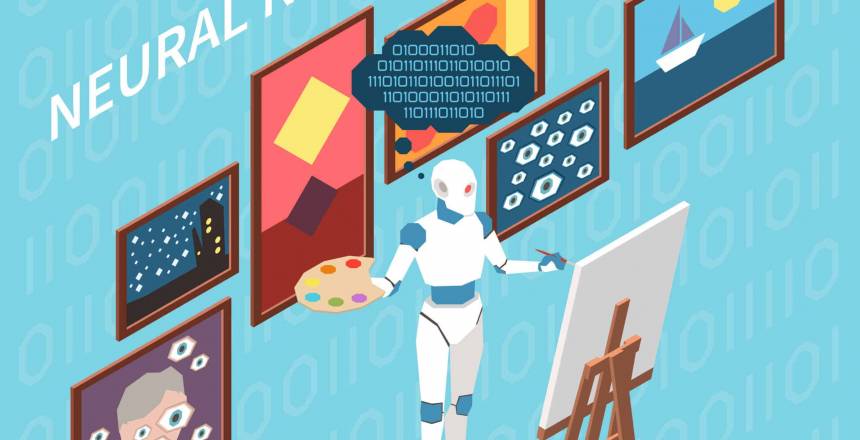In the dynamic world of design and technology, the influence of artificial intelligence (AI) on various sectors has been undeniable. One such area that has felt the significant touch of AI is graphic design. But what exactly does this mean for designers and their craft?
Can you use AI for graphic design?
Absolutely. The digital age has ushered in tools and platforms driven by AI to assist in various aspects of graphic design. These AI tools can automatically choose color schemes, suggest design layouts, and even create basic designs based on a brief. Platforms like Adobe’s Sensei employ AI to enhance design processes, enabling designers to make swift modifications, suggest alignments, and automate repetitive tasks. But while these tools can be incredibly helpful, they still need a human touch. AI can provide a foundation, but creativity and human intuition often drive the final touches.

How is AI transforming graphic design?
AI has revolutionized the graphic design sector in multifaceted ways:
- Automated tasks: Mundane and repetitive tasks, like cropping images or applying preset adjustments, can now be automated, giving designers more time to focus on core creative processes.
- Personalization: AI-driven tools can analyze user behavior to deliver personalized design experiences. This means that websites and online platforms can adjust visual content based on user preferences in real-time.
- Advanced features: Features such as content-aware fill, image upscaling, and automatic tagging have become possible due to the integration of AI.
- Resource optimization: AI can now suggest optimal color palettes, typography, and even design structures based on the target audience’s preferences and the design’s objective.

Is graphic design a good career after AI?
The arrival of AI in the graphic design arena may spark concerns about job security. However, it’s essential to view AI as a tool rather than a replacement. While AI can manage data-driven tasks efficiently, the core of graphic design—creativity, empathy, and human-centric approach—remains irreplaceable. AI might automate certain aspects, but the need for human designers to conceptualize, innovate, and add a personal touch remains paramount.
Moreover, AI opens up new avenues for designers. Embracing AI can lead to a more holistic skill set, positioning designers as not just creatives but also as professionals adept at leveraging technology. And as industries evolve, the blend of creativity and technological acumen will be highly sought after.
Which is better: AI or graphic design?
The question isn’t about one being superior to the other. Instead, it’s about how they complement each other. AI serves as a powerful tool in a designer’s arsenal, streamlining certain tasks and offering data-driven insights. Meanwhile, the human aspect of graphic design brings emotion, understanding, and a unique perspective that machines can’t replicate.
Imagine a scenario where a business undergoes brand development. While AI can analyze market trends, suggest color palettes based on popular preferences, or even draft preliminary designs, it’s the designer’s role to infuse the brand’s ethos, values, and narrative into the final creation. The synergy of AI and human design results in a product that’s both efficient and emotionally resonant.
The fusion of AI and graphic design signifies a promising trajectory for the design realm. While AI offers precision, efficiency, and data-driven insights, the human side of graphic design ensures that creations resonate on an emotional level. By viewing AI as an ally rather than a threat, designers can harness its potential while preserving the irreplaceable essence of human creativity.



